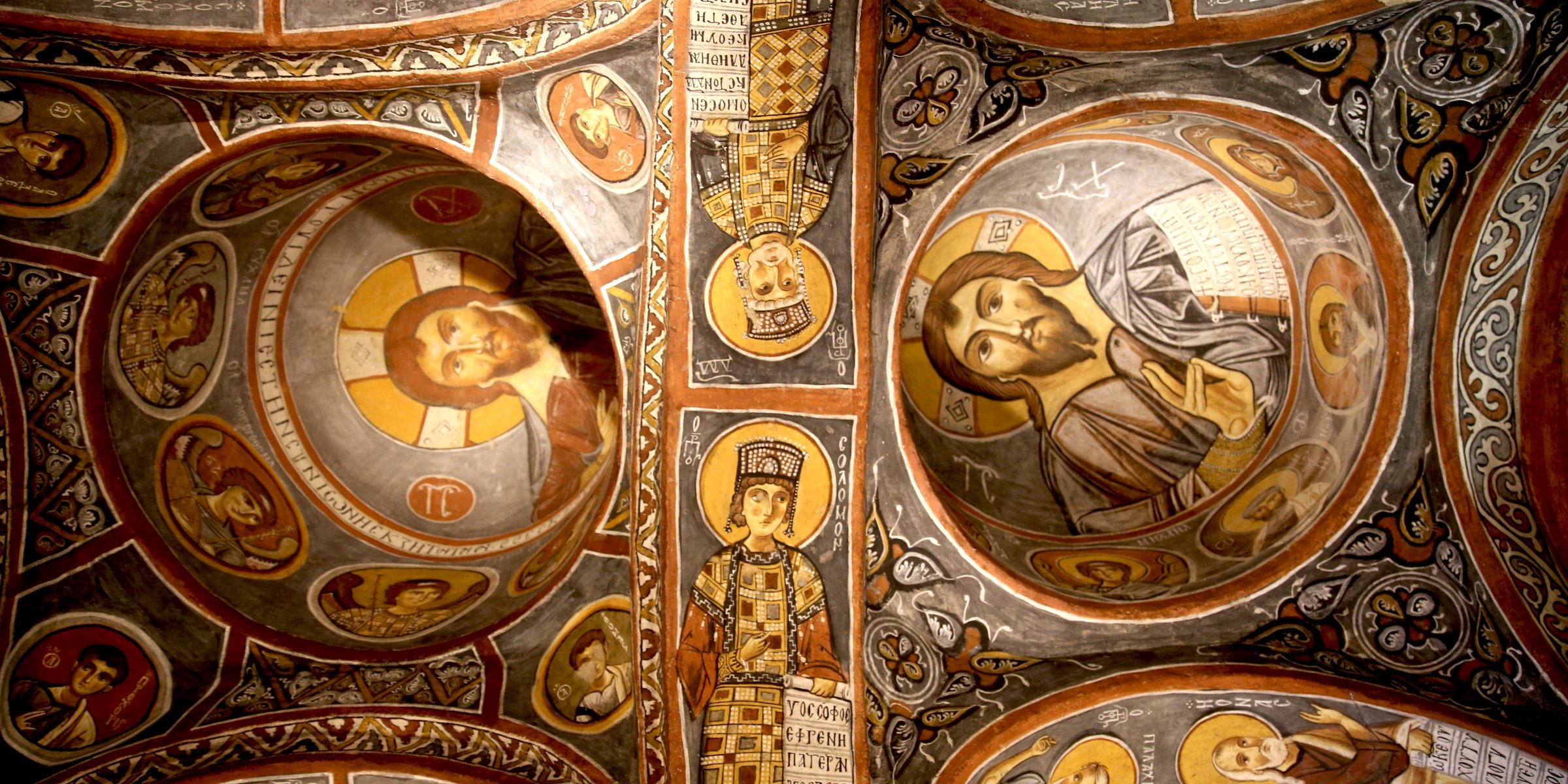


Paintings on plaster painted with various colors are in general called fresco. The technique where wet plaster is painted, which is called “Buon Fresco”or “Al Fresco”, is the real fresco technique. As the surface dries, lime makes the pigment stick to the plaster. In the “Fresco Secco” technique, called “Secco” in short, painting is directly made on dried plaster. In the fresco technique, the plaster surface needs to be prepared very good for the painting to last long. Plaster needs to be made of well washed river sand and slaked lime. Fresco plaster consists of three layers. First layer is called “Trusilar”, second layer “Arricciato” and the top layer where the painting is made “Intonaco”. In the Roman wall paintings, the intonaco layer consists of lime and marble powder. Ancient writers Plinius and Vitruvius give extensive information about soils, minerals, and plant and animal base colors. Plinius classifies pigments into tw